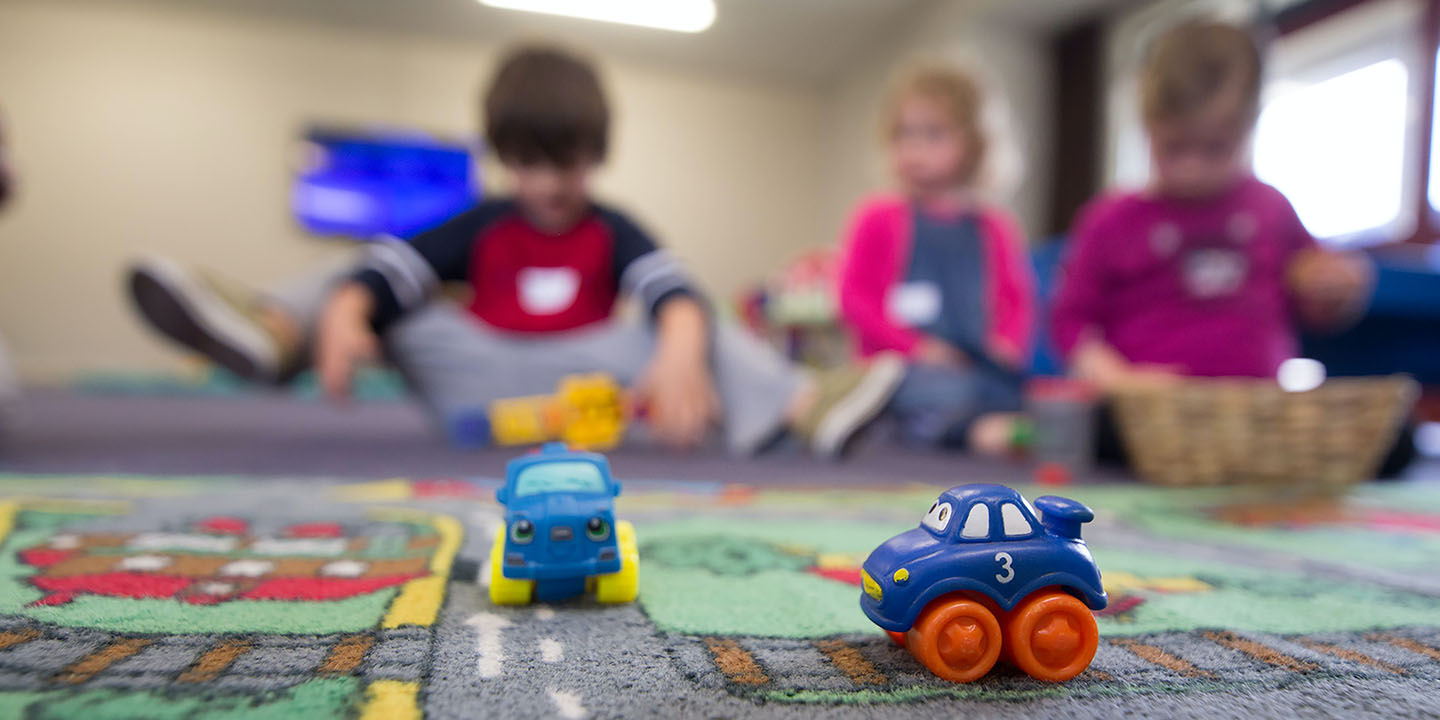The dreaded temper tantrum - occurring at the most inconvenient times, this is truly every parent’s nightmare that continues to test their patience and parenting skills. No matter how much you pray for it to stop, learning to deal with these fiery outbursts is just a natural part of the parenting journey. As children grow and develop, navigating their emotions can sometimes feel like an emotional roller coaster; one minute they’re happy, the next, they’re screaming! But don’t worry, if you’re ready to pull your hair out, we’re here to tell you that tantrums can be handled effectively. Below you’ll find three effective methods to address your child’s temper tantrums, turning these stressful moments into opportunities to teach emotional intelligence and self-regulation.
1. Pre-emptive Strategies: Stopping Tantrums Before They Start
Before tantrums usually begin, you can often spot a couple of warning signs. You might notice your child becoming more whiny than usual, start fidgeting, or demonstrate other behavioural changes that indicate their growing frustration. Learning to spot these signs early can help prevent a full-blown tantrum. For instance, one thing parents can do when they notice these warning signs is to use the best tool in the parenting arsenal: distraction. By shifting their attention toward something fun and engaging like a toy, game, or activity, there’s a chance your child will forget they were ever upset in the first place.
Anticipating needs is also critical, particularly with younger children. Kids are more likely to act out when they’re feeling tired, hungry, or uncomfortable. Always make sure they are well-rested, have regular meals and snacks, and are comfortable in their environment.
Lastly, give your child some control over their surroundings. Allowing them to make choices gives them a sense of autonomy and can help reduce any frustrations they may feel when they don’t get their way. It can be as simple as letting them choose between two outfits, or deciding which book to read before bed.
 mage by PublicDomainPictures from Pixabay
mage by PublicDomainPictures from Pixabay
2. In the Moment Techniques: Keeping Cool When the Temper Flares
In the case that you’re unable to prevent a tantrum from happening, it’s absolutely vital that you as the parent, stay calm. Your child looks to you for model behaviour, even when they are overwhelmed by their emotions. Demonstrating a cool and collected demeanor is a great way to teach your child to not let your emotions get the better of you. Avoid engaging in a shouting match that would only escalate the situation, and instead use a gentle voice to calm it down.
Another important thing to know is that validation is crucial at this stage. You should let your child know that you understand their feelings, even if you don’t condone their behaviour. Statements like, “I see that you’re upset because you can’t have a cookie right now,” help them understand that their feelings are being recognized.
Once you notice the tantrum starting to die down, your child may need a “cooling down” period. Setting them down in a quiet and comfortable space where they can calm down, can be very beneficial. Explain to them that this isn’t a punishment, but rather a tool that can help them manage their feelings better.
 Image by Lee Murry from Pixabay
Image by Lee Murry from Pixabay
3. Post-Tantrum Actions: Lessons in Emotional Intelligence
After the storm has passed and your child has fully calmed down, take the opportunity to talk to your child about what happened and what caused them to feel that way. It’s the perfect chance to explain that it’s perfectly normal to feel angry or upset, but it’s important how we choose to express and manage these emotions. Make sure you use simple language that’s suited to their age and comprehension level so they can understand.
It’s also a good idea to discuss alternative behaviours for future situations that arise. For instance, if the tantrum was about a toy they wanted at the store, perhaps bring up the idea of a wishlist where they can add things they’d like for future rewards or special occasions.
Finally, always remember to reinforce positive behaviours. If they did well in listening to your instructions, let them know! Praise them when they manage their frustrations well or make a good choice in a difficult situation. This positive reinforcement will encourage them to replicate these good behaviours moving forward.
 Image by Daniela Dimitrova from Pixabay
Image by Daniela Dimitrova from Pixabay
While temper tantrums can be very challenging for both parents and children, remember that they’re a normal part of childhood development. With a bit of patience, understanding, and effective communication, navigating and overcoming these emotional outbursts can become much more manageable. With these three helpful tips now in your back pocket, it’s time to turn these tantrums into teachable moments. Best of luck!







